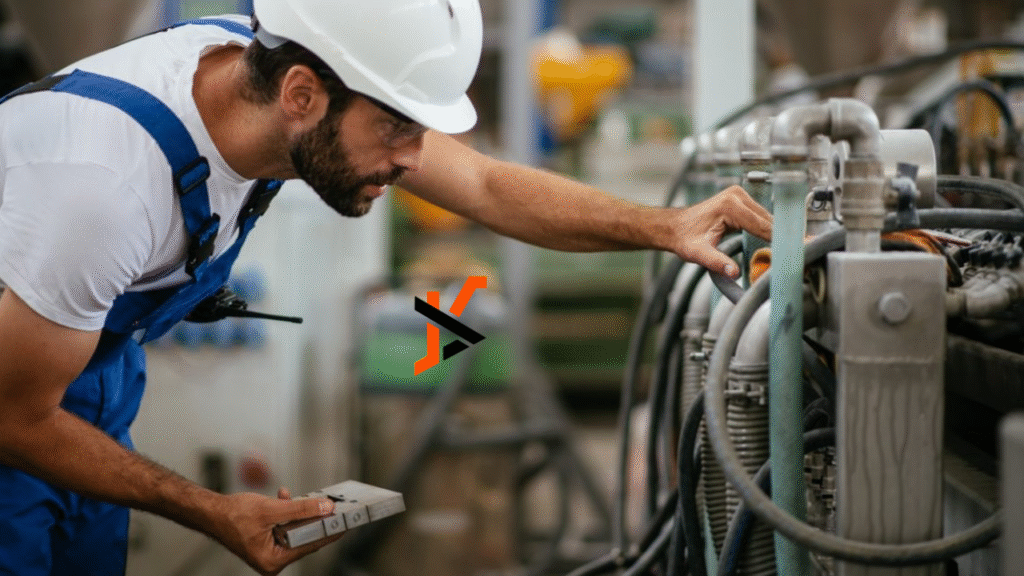Most people don’t think about what’s going on behind the scenes in a building. You walk in, the lights work, the elevators move, and the bathrooms have running water. Cool, right? But a ton of stuff has to work perfectly to make that all happen—and some of the most important equipment is stuff you never even notice.
Let’s talk about the hidden parts of buildings. These are the things that make everything run smoothly but don’t get much attention unless they stop working. We’re talking about things like access hatches, HVAC systems, electrical panels, and all the stuff tucked under the floor or hidden in walls and ceilings.
It All Starts Beneath Your Feet
One thing people barely notice are floor hatches. They’re kind of like secret doors that open up to important stuff under the floor—pipes, wires, valves, and sometimes even crawl spaces or data cabling. Most commercial buildings have these in spots where workers might need to check or fix something.
If you’ve ever seen someone open one of these, you’ll know why they’re useful. They let people get underneath without tearing up the whole floor. Not all hatches are the same, though. Some are made of steel, some of aluminum, and the good ones are built strong enough to handle heavy equipment or lots of foot traffic.
There are a bunch of different options out there, but if you’re working on a modern building project, it might be worth checking out Surespan’s range of floor hatches. They’re known for being strong, secure, and easy to install, especially when it comes to keeping hidden areas accessible.
Why Everything Needs to Be Easy to Reach
In big buildings, stuff breaks. Or it needs to be cleaned. Or it needs to be updated to match some new rule. That means workers need a way to get to it without messing up the rest of the place. If something is buried behind a wall or under a floor with no access, it can take days (or weeks!) just to fix a tiny problem.
That’s where equipment like access hatches and service panels come in. They’re planned ahead of time so nobody has to tear down walls or rip up carpet. When designers and engineers think ahead, it saves time and a lot of money later.
Hidden Systems That Matter a Lot
Floor hatches are just one part of the picture. There are other systems hiding in every commercial building that keep the whole place running. Here are a few you might not think about:
- HVAC (Heating, Ventilation, and Air Conditioning): These systems help keep the building at a comfy temperature. The ducts that move the air are often hidden above ceilings or below the floor, and workers need easy access to clean or repair them.
- Sprinkler Systems: For fire safety, commercial buildings have water pipes running all over the place—usually in the ceiling. They’re not used often (hopefully), but when they are, they have to work perfectly. Being able to access the valves quickly is a big deal.
- Power Supply and Backup Systems: Every elevator, computer, light switch, and door sensor needs power. There’s usually a maze of wiring and sometimes backup batteries or generators tucked away behind panels or in utility rooms.
- IT and Data Cabling: A lot of modern buildings have computer systems, cameras, and internet connections running through underfloor or ceiling cable trays. You’d never see it unless you were looking for it, but it’s there—and it all needs to be reachable.
What Happens When You Can’t Reach It?
Let’s say something breaks in one of those hidden systems. Maybe a pipe leaks under the floor, or a wire gets damaged. If the building doesn’t have floor hatches or proper access points, it turns into a mess real fast.
People might have to cut into walls or floors. Offices might need to shut down for a while. It could mess with schedules, especially on tight construction timelines or in places like hospitals and data centers where stuff can’t just stop working.
That’s why building access equipment matters so much. It keeps the building on schedule—not just during construction but during everyday use too. Maintenance crews can get in and out fast. Nothing gets delayed. Everything just works the way it’s supposed to.
The Little Stuff That Makes a Big Difference
Good building design isn’t just about how cool it looks. It’s about how easy it is to keep running over time. Access equipment is one of those things that helps people behind the scenes do their job without interrupting everyone else.
Floor hatches, roof hatches, service panels, and inspection points might not be exciting, but they’re kind of like the cheat codes of building design. When they’re installed right, everything just runs better.
Bottom Line
If you want a building that’s safe, easy to fix, and never throws a surprise problem into your day, you’ve got to think about the stuff no one sees. The hidden systems matter—and the people who keep them running need smart, simple ways to get in and out. Buildings that plan for this stay on track, save money, and just work better.

